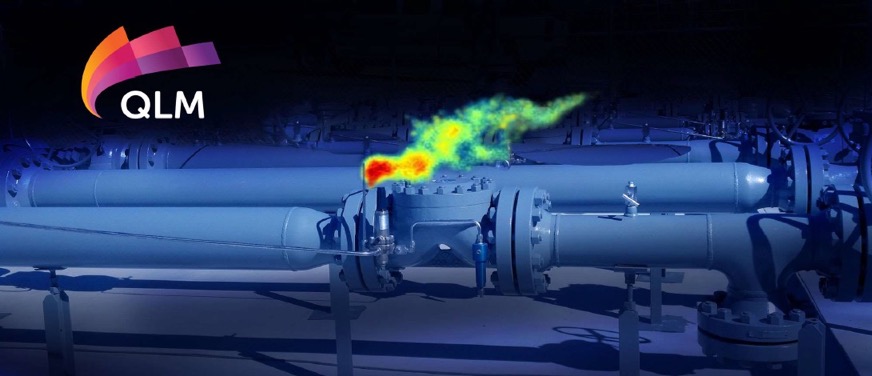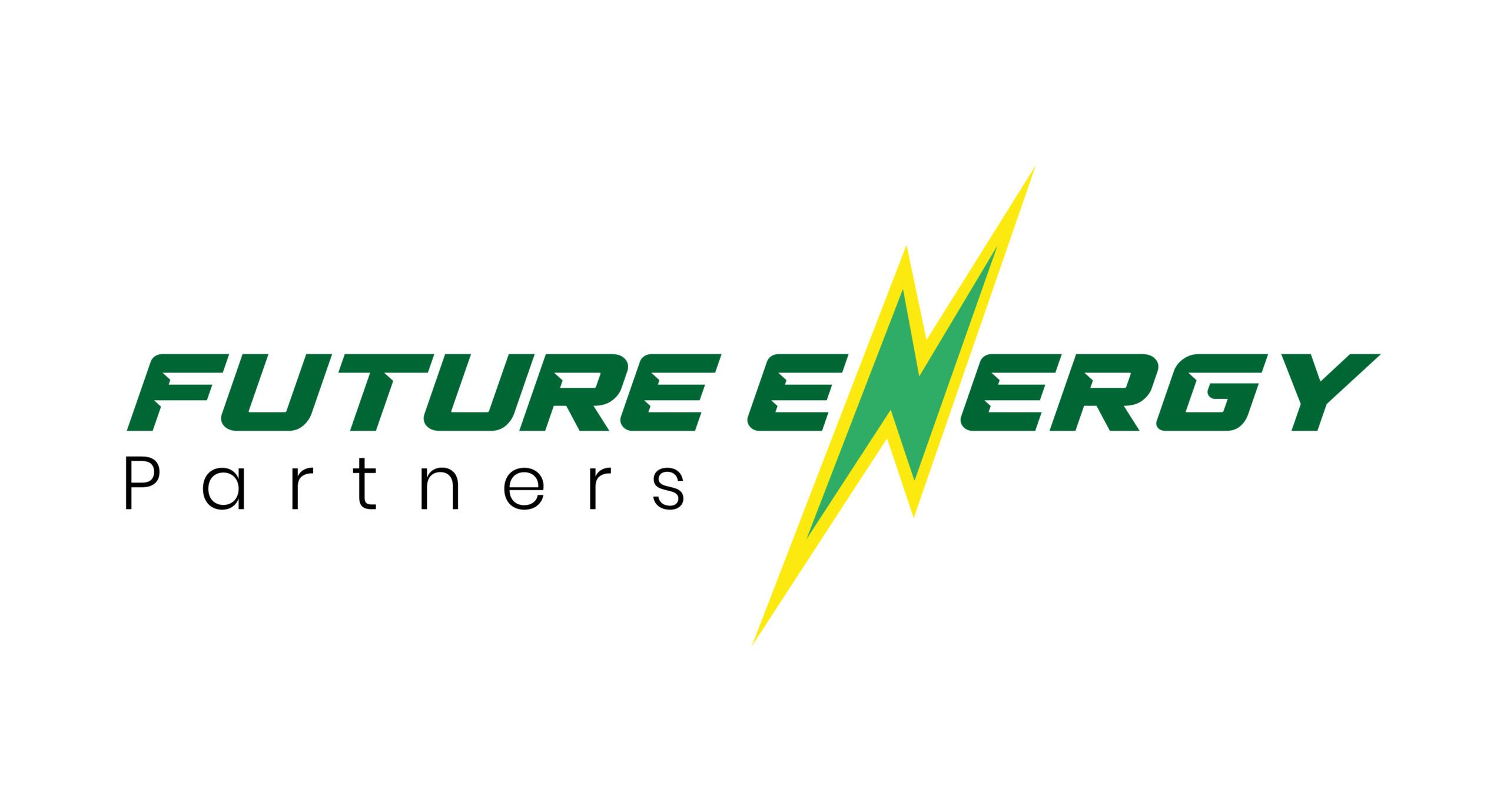Methane Emissions – Monitoring and Measuring
- 11 December 2020
- Posted by: Future Energy
- Category: Energy

Satellites,Unmanned Aerial Vehicles (UAVs) and new sensor technologies offer oil & gas companies the opportunity to accurately monitor and measure methane emissions, and therefore to eliminate them.
The Oil and Gas Climate Initiative (OGCI), is an international industry-led organisation which currently has 12 member companies from the oil and gas industry: BP, Chevron, CNPC, Eni, Equinor, ExxonMobil, Occidental, Petrobras, Repsol, Saudi Aramco, Shell and Total, representing over 30% of global operated oil and gas production. It was established in 2014 and has the mandate to work together to accelerate the reduction of greenhouse gas emissions in full support of the Paris Agreement and its aims.
The OGCI has defined Methane Emissions – monitoring, measuring, managing and eliminating them – as a key priority. Why? Because they represent the achilles heel of the ‘Gas is Good’ strategy that the member companies espouse (‘less Oil, more Gas’); excess gas is burnt (flared), gas facilities and pipelines leak (fugitive emissions), gas is released during testing or for safety reasons (‘cold venting’) – all bad for the environment and even the most environmentally insensitive investors can see ‘value loss’.
Elimination is not a technical problem; gas that is being flared can be used for local electricity generation instead; valves and flanges can be greased and/or tightened; old equipment can be replaced. The issue is monitoring and measuring.
Currently, satellite sensors can do a good job of detecting and, increasingly, measuring flaring; other emissions such as carbon dioxide, methane and nitrogen dioxide can be ‘seen’ if monitored over a long period (say 12 months) and can be measured.
On the ground, pole-mounted sensors can observe facilities 24/7, compile data in the ‘cloud’ and send alarms to ‘HQ’ or mobile phones if sudden releases are spotted. However, this is monitoring not necessarily measuring.
In fact, precise measurements are hard to find – the National Physical Laboratory has a~£500k LIDAR-based instrument that works and just about fits into a cargo container, however, the world of quantum physics/technology (heavily funded by Innovate UK) offers lightweight detectors, soon to be calibrated against reliable results from controlled releases such as cargo container.
Roll the clock forward a year or two, and there will be an approach which integrates satellite, Unmanned AerialVehicles (UAVs) and ground-based imagers and sensors to monitor and measure a full range of emissions – CO2, CH4, NO2, whether from individual well pads, operational ‘hubs’, pipelines, refineries or cement plants.
What would the modus operandi be? That will depend on the customer’s needs but for oil and gas companies their attention would be on the emissions from their assets.
The following combinations are perhaps appropriate.
Pole-mounted sensors – on the ground- would be in place to monitor facilities continuously, compile observations in the ‘cloud’, and issue alarms as required given a new event. Unmanned AerialVehicles (UAVs) can be brought to the facilities as needed – regularly or when an alarm is issued – to ‘look down’ on them and gather accurate information on all emissions – their location, rate and duration (and therefore total volume).
It would make eminent sense if exactly the same sensors were to be used in both cases – on the poles and carried by the UAVs. This would allow for much easier data integration. The objective should be to produce an up-to-date 3D “Digital Twin” of the facility into which the location, rate and duration of each and every emission can be introduced; Ideally, Virtual Reality can then be used to allow engineers to ‘walk around’ the facility.
The Oil and Gas Majors seem to be very alert to all this – BP for example has declared that they will be measuring all emissions by2023.
Future Energy Partners can deliver a holistic approach to methane emission reduction, which coupled with our global expertise, and ability to integrate with key stakeholders leads to the development of a clear vision and optimal solutions for our clients. Such solutions enable them to monitor, measure and, hence, accurately report and eliminate methane emissions – at well sites, production ‘hubs’, along pipelines, and in refineries. To read more about this subject download our latest White paper.
We are grateful to Future Energy Partner for helping us though the ISO certification process. The implementation of ISO standards is what differentiates as a company from our competitors and demonstrates our commitment to Occupational Health and Safety Management.


Leave a Reply Cancel reply
You must be logged in to post a comment.
